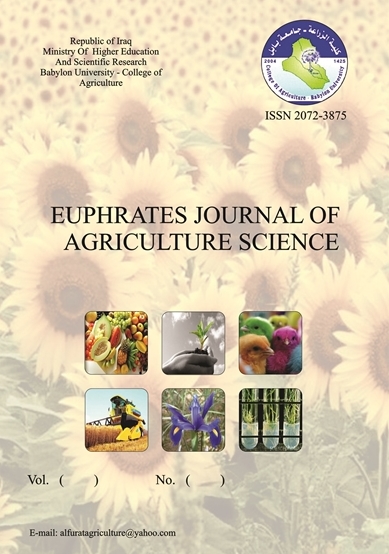Abstract
The MODFLOW model is applied to evaluate groundwater availability and predict water levels in response to increasing pumping. A transient simulation of groundwater regime for Umm Er Radhuma unconfined aquifer using a mathematical model that assumes an initial draft rate condition of 250 m3 / day per well increasing herein gradually by adding 50 wells a year has revealed an aquifer head loss reaches up to 5.4m which may cause dryness in the upper part of the aquifer in the year 2017 at certain locations, especially, in the west and the north west side. The model grid consist of (43) columns and (43) rows and the cell dimension are 2500 by 2500 m; the total number of active cells within the study area are (530) cells. A steady-state model was developed on the basis of average groundwater heads for a 10 years period (1979 through 1988). The transient simulations were conducted using monthly averages for recharge and discharge from pumping data of the drilled wells. Good agreement was found between measured and calculated hydraulic heads at the aquifer during different time steps and time series of water levels in the domain. The percent of discrepancy was 0.68%.
